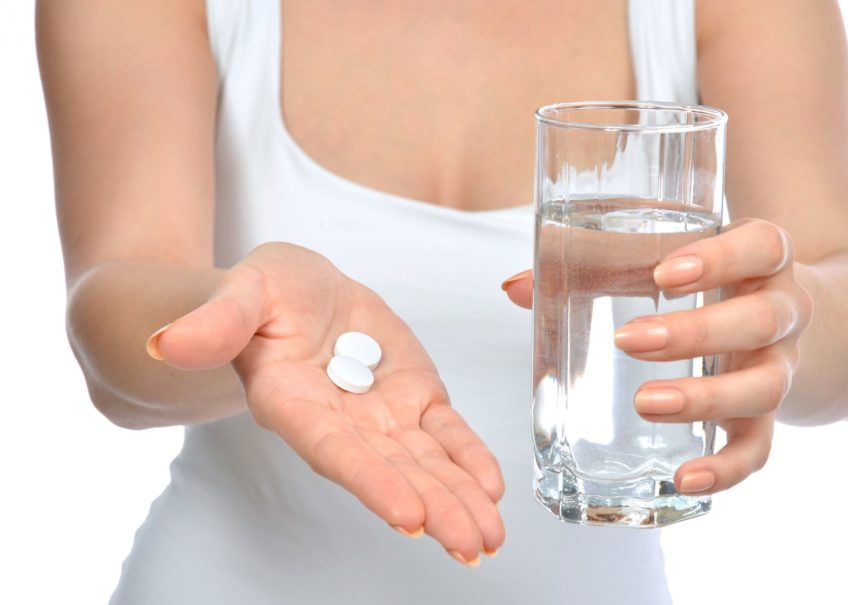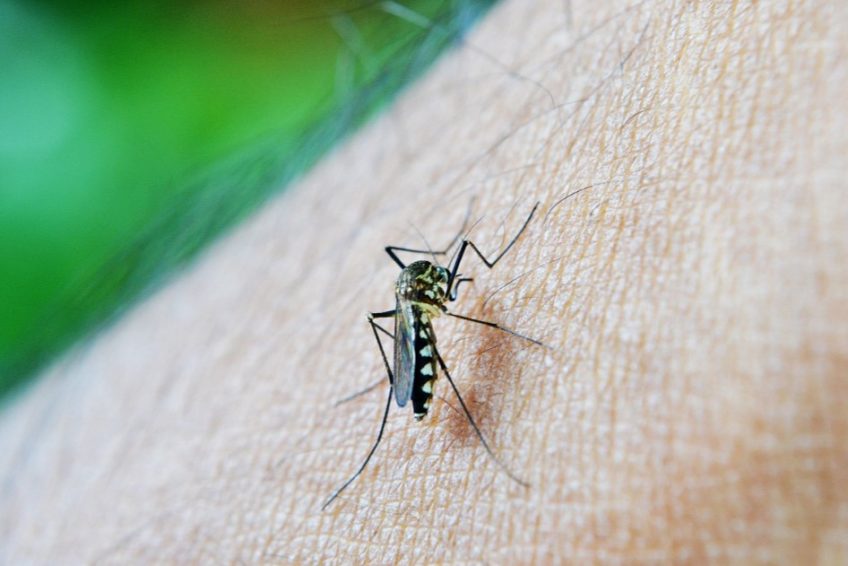Bacterial vaginosis is a common infection of the vagina. It is caused by an overgrowth of bacteria in the vagina. Bacterial vaginosis is not a sexually transmitted infection. However, it is more common in women who have multiple sexual partners or who have sex with women.
Symptoms of Bacterial Vaginosis
Bacterial vaginosis can cause symptoms such as vaginal discharge, vaginal odour, and vaginal itching.
If you have bacterial vaginosis, you may notice a vaginal discharge that is white or grey in colour. The discharge may have a fishy odour. You may also experience vaginal itching, burning, or redness. These symptoms are usually mild and resolve on their own. However, if they are severe or persist, you should see your doctor for treatment.
Diagnosis & Treatment
Bacterial vaginosis is diagnosed using a pelvic exam and a sample of the vaginal discharge. Your doctor will look for signs of inflammation and an overgrowth of bacteria.
Bacterial Vaginosis treatment usually includes antibiotics. There are, however, many ways to treat bacterial vaginosis.
Home Remedies
- Yoghurt: Eating yoghurt or applying it directly to the vagina can help reduce inflammation and itching.
- Garlic: Garlic has natural antibacterial properties that can help fight the infection. You can eat garlic or insert a peeled clove into the vagina.
- Apple cider vinegar: This acidic liquid can help restore the pH balance in the vagina and kill off the bad bacteria. You can drink it, apply it topically, or take a bath in apple cider vinegar.
- Tea tree oil: This essential oil has powerful antibacterial and antifungal properties. You can mix it with water and apply it to the vagina with a cotton swab or add a few drops to your bathwater.
Over-The-Counter & Prescribed Medications
If home remedies don’t work, you may need prescription medications or other medical treatments. These include:
- Antibiotics: These are typically prescribed for 7-10 days and can be taken orally or vaginally.
- Probiotics: These supplements help restore the good bacteria in the vagina and are often used alongside antibiotics.
- Vaginal gels or creams: These are applied directly to the vagina and can help reduce symptoms like itching and burning.
- Steroids: These can be used to reduce inflammation caused by bacterial vaginosis.
If you’re pregnant, it’s important to get treatment for bacterial vaginosis as soon as possible. Untreated bacterial vaginosis can lead to premature labour and delivery. Your doctor will likely prescribe antibiotics that are safe to take during pregnancy.
Bacterial vaginosis is a common condition, but it’s important to get treatment if you have symptoms. Home remedies can help relieve mild symptoms, but more severe cases may require prescription medications or other medical treatments. If you’re pregnant, it’s especially important to get treatment to reduce the risk of complications.
If you think you have bacterial vaginosis, see your doctor for a diagnosis and treatment. Treatment is important to prevent the spread of the infection and to relieve symptoms. Bacterial vaginosis is a common infection, but it can be treated effectively with antibiotics.


















